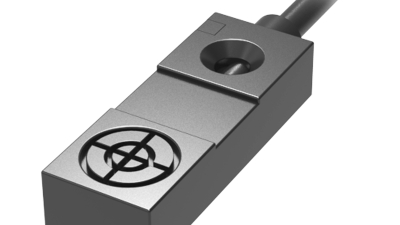10 Reasons Inductive Proximity Sensors are the Best Choice for Your Automation Needs
Table of Contents
- Key Benefits of Inductive Proximity Sensors in Industrial Automation
- Understanding the Working Principle of Inductive Proximity Sensors
- Comparing Inductive Proximity Sensors with Other Sensing Technologies
- Applications of Inductive Proximity Sensors in Different Industries
- Installation and Maintenance Tips for Optimal Sensor Performance
- Future Trends in Inductive Proximity Sensor Technology
- Enhancing Industrial Automation with the DC Inductive Proximity Sensor LE08SN25DNO: A Comprehensive Guide
- FAQS
- Conclusion
- Related Posts
In the fast-changing world of automation, picking the right sensing technology really matters if you want to squeeze out the best efficiency and accuracy in your manufacturing processes. I recently came across a report from MarketsandMarkets that predicts the global market for proximity sensors will hit around USD 2.68 billion by 2025 — and a big chunk of that is thanks to inductive proximity sensors. These sensors are pretty much the go-to for their dependability and versatility, especially in smart factories and modern production lines. Here at Shanghai Lanbao Sensing Technology Co., Ltd, we’re all about offering top-tier intelligent inductive sensors, photoelectric sensors, and capacitive sensors — tailored to meet the diverse needs of folks working in advanced manufacturing environments.
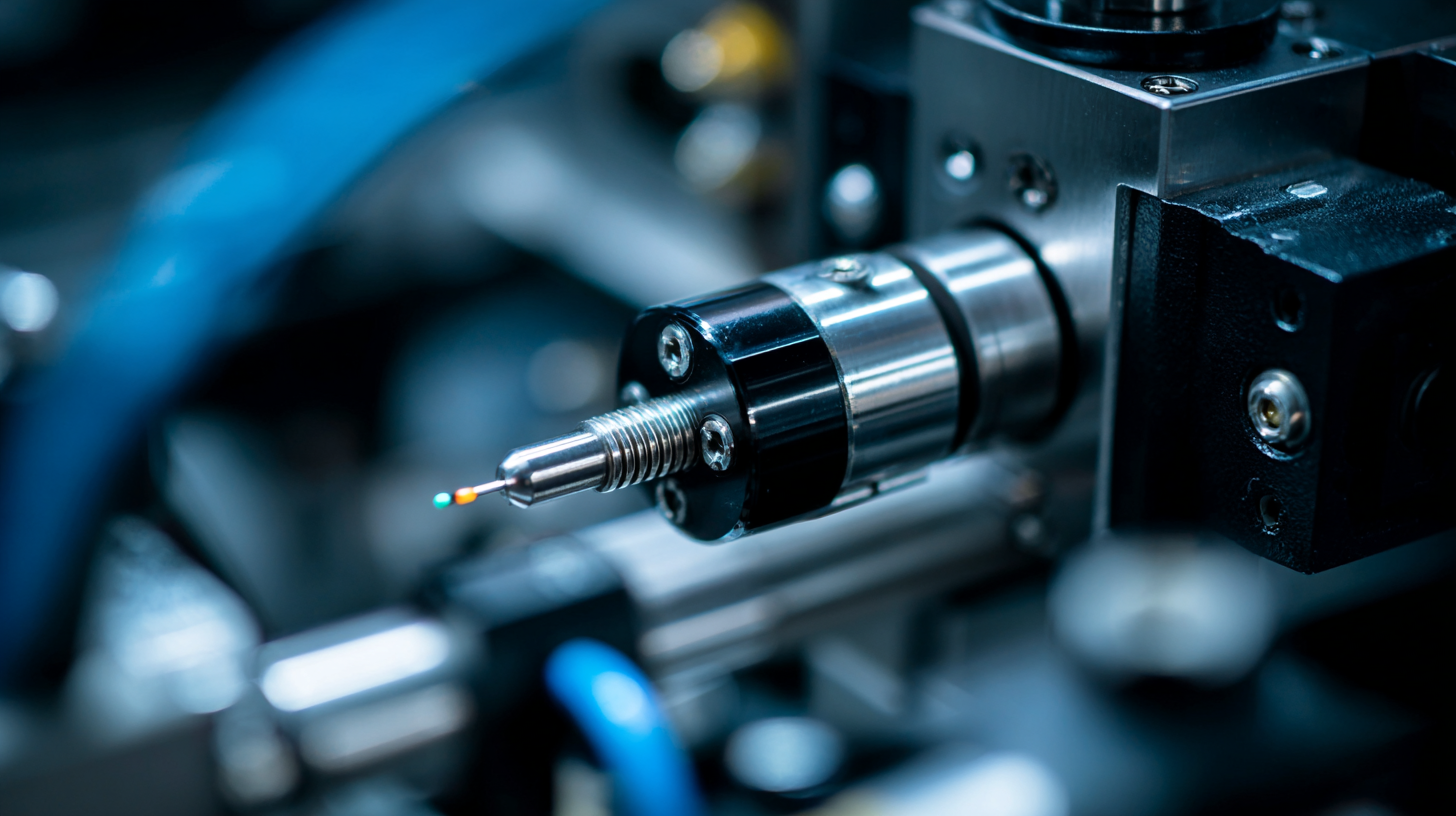
As we dig into the top ten reasons why inductive proximity sensors could be the perfect fit for your automation setup, it’s clear that these little gadgets deliver impressive performance and real value in today’s industrial world.
Key Benefits of Inductive Proximity Sensors in Industrial Automation
You know, inductive proximity sensors have really been gaining popularity in the world of industrial automation lately. They’re pretty awesome because they can detect metal objects without actually touching them. That non-contact feature is a game-changer—it helps reduce wear and tear on both the sensors themselves and the machines they're working with. Plus, these sensors are tough; they stand up well against dust, moisture, and all sorts of crazy conditions in harsh industrial setups. That makes them super reliable for all kinds of applications, no matter how tough things get.
Another thing I like about these sensors is how quick they respond. In automation, every second counts, right? Fast detection means things can be monitored and controlled in real-time, which speeds up decision-making and boosts overall productivity. And the best part? They’re pretty accurate, so you don’t have to worry about false alarms messing things up. They’re also a breeze to integrate into existing systems, so companies can upgrade without doing major overhauls. As industries keep evolving, I honestly think inductive proximity sensors are only going to become more important in pushing automation further—and that’s pretty exciting.
Understanding the Working Principle of Inductive Proximity Sensors
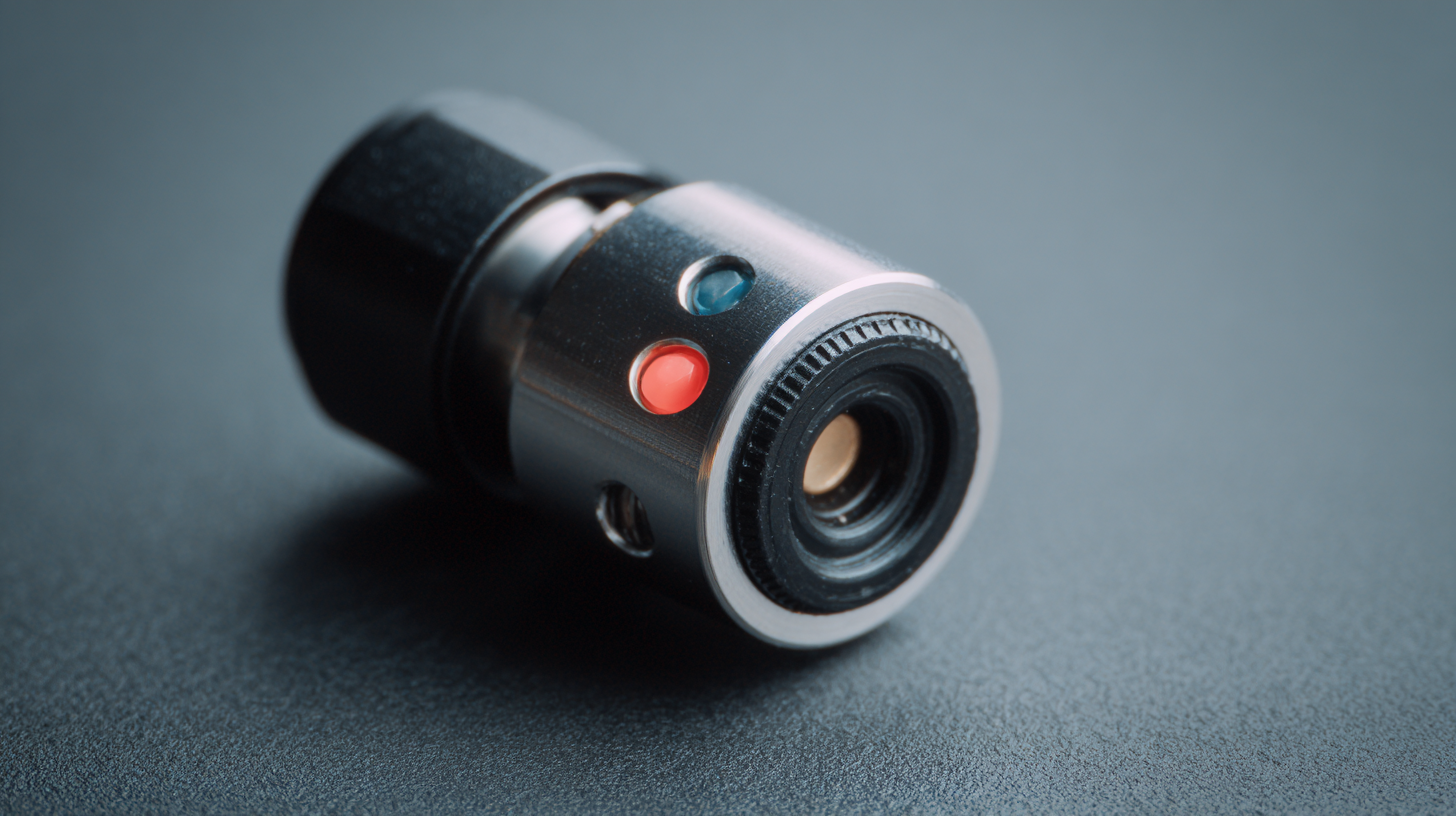 Inductive proximity sensors are pretty essential parts of today’s automation systems. They’re known for being reliable and pretty precise. Basically, these sensors work on electromagnetic induction—so they can detect metal objects without actually touching them. When a piece of metal gets close enough, it messes with the sensor’s electromagnetic field, and that’s what triggers it to respond. Because there's no physical contact involved, it means less wear and tear, which makes inductive sensors perfect for tough environments where things get pretty demanding.
Inductive proximity sensors are pretty essential parts of today’s automation systems. They’re known for being reliable and pretty precise. Basically, these sensors work on electromagnetic induction—so they can detect metal objects without actually touching them. When a piece of metal gets close enough, it messes with the sensor’s electromagnetic field, and that’s what triggers it to respond. Because there's no physical contact involved, it means less wear and tear, which makes inductive sensors perfect for tough environments where things get pretty demanding.
So, how do these sensors actually work? It’s pretty simple, really, but still super effective. Inside each sensor, there’s an oscillator that creates an electromagnetic field around its sensing zone. When a conductive object slips into this field, it sparks eddy currents in the metal, which then causes a change in the oscillator’s amplitude. That’s basically the sensor “noticing” the object, and it responds quickly and accurately. This ability to detect stuff reliably makes inductive proximity sensors super versatile—they’re used all over, from assembly lines and material handling to robotics—anywhere you need precision and dependability, they’ve got you covered.
Comparing Inductive Proximity Sensors with Other Sensing Technologies
When you're looking into automation options, picking the right sensor tech really matters. Inductive proximity sensors, for example, tend to stand out compared to optical or capacitive ones. They can detect metal objects without any physical contact, which is pretty awesome—especially in tough environments where dust, moisture, or dirt might mess with other sensors. Because they're so rugged, they tend to be more reliable and can save you some money on maintenance since they're less likely to get damaged or break down.
**Pro tip:** When you're choosing an inductive proximity sensor, it's a good idea to match it to the size and material of what you're trying to detect. That way, you’ll get the best sensing distance and accuracy, making sure everything fits smoothly into your automation setup.
Now, on the flip side, optical sensors can sometimes have trouble under certain lighting conditions or with see-through objects. Capacitive sensors, on the other hand, can be affected by non-metallic stuff. That's where inductive sensors really shine—they handle temperature and humidity swings like champs, making them a solid pick for all sorts of industrial jobs.
**Another tip:** Always double-check the sensing range and installation specs for your inductive sensors. Proper alignment and setup not only boost their performance but can also help them last longer, especially in more demanding automation environments.
10 Reasons Inductive Proximity Sensors are the Best Choice for Your Automation Needs
| Feature | Inductive Proximity Sensors | Other Sensing Technologies |
|---|---|---|
| Detection Range | Up to 25mm depending on size | Varies widely, typically 10mm to 200mm |
| Object Material | Metals | Metals, plastics, wood (varies by type) |
| Sensitivity to Ambient Light | Insensitive | Potential interference from ambient light |
| Durability | Highly durable, suitable for harsh environments | Durability varies (some sensitive to certain environments) |
| Response Time | Fast (typically 1ms) | Varies; can be slower for some technologies |
| Installation | Easy installation; no alignment needed | Can require complex alignment and setup |
| Cost | Moderate | Varies; some technologies cheaper, others may be costly |
| Flexibility | Fixed sensing range | Can offer various range options with different technologies |
| Interference | Minimal interference from non-metal objects | Potential interference from other materials |
| Application Suitability | Ideal for metal object detection in automation | Broader applications but can be less precise for metals |
Applications of Inductive Proximity Sensors in Different Industries
Inductive proximity sensors have really become essential in a bunch of industries lately. Why? Well, they can detect metal objects without even touching them, which is a total game-changer. You see them everywhere—especially in manufacturing lines where accuracy and dependability are super important. According to a report by MarketsandMarkets, the global market for these sensors is expected to hit around $3.2 billion by 2025. That’s mainly because more industries, like automotive and consumer electronics, are starting to use them more and more. For example, in car factories, inductive proximity sensors make sure parts are placed just right—helping things run smoothly, reducing mistakes, and speeding up production.
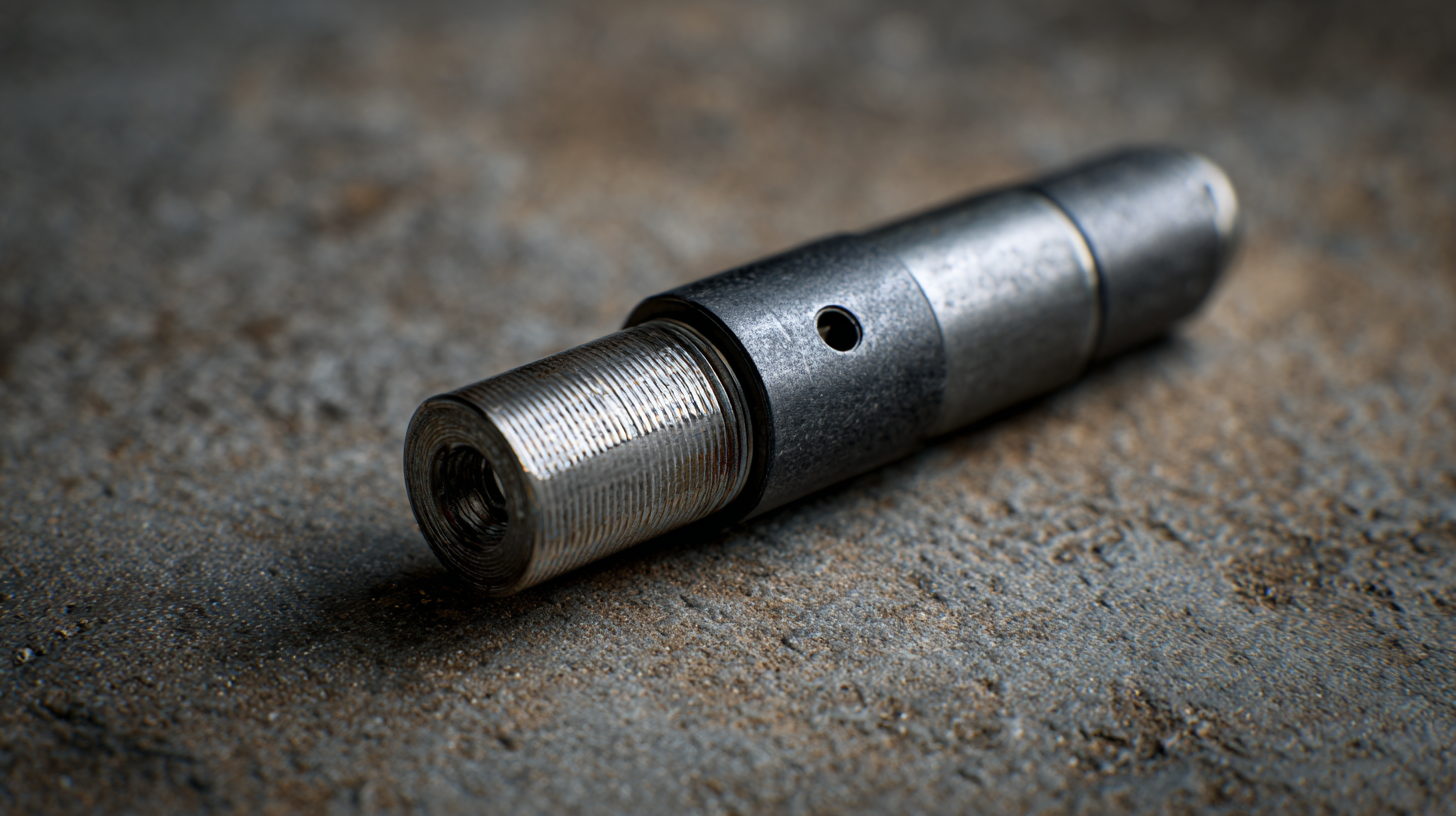
Then there's the food and beverage world, where these sensors are also playing a key role. They’re crucial for keeping everything hygienic during production. You often find them working on conveyor belts or with packaging machines, double-checking that metal parts are where they should be in a clean environment. A study from Grand View Research projects that the food automation market could be over $29 billion by 2025—and a big chunk of that growth comes from automated systems powered by reliable sensors like these. Plus, they’re tough—they resist dust and moisture—making them perfect for tough environments and helping companies stick to industry standards. All in all, it’s clear that inductive proximity sensors are pretty much everywhere in modern automation, and they're doing a lot to keep things running smoothly across different fields.
Installation and Maintenance Tips for Optimal Sensor Performance
Inductive proximity sensors are pretty awesome when it comes to automation, but to really get the most out of them, you need to install and care for them properly. First off, before you even get started, make sure to pick the right sensor for your specific needs — think about things like how far you want it to sense, what kind of material you're detecting, and the environment it'll be in. When you're mounting the sensor, make sure it's screwed in tight and lined up properly with what you're sensing. Otherwise, it might give you some false readings or miss signals entirely.
Keeping up with regular maintenance is also super important if you want these sensors to last. Give them a good clean now and then — use a soft cloth and the right cleaning stuff if needed, no harsh chemicals. It's also a good idea to check the electrical connections from time to time, just to make sure nothing's come loose. And don’t forget to keep an eye on the environment — temperature swings or vibrations can mess with sensor accuracy. A little proactive care can go a long way for keeping everything running smoothly and reliably.
Future Trends in Inductive Proximity Sensor Technology
Inductive proximity sensors have come a long way over the years. These days, it’s exciting to see how they’re becoming more efficient and more seamlessly integrated into modern automation systems. One of the biggest trends right now is miniaturization—making these sensors smaller so they can fit into tighter spaces without losing any performance. That means manufacturers can design more compact machines, all while keeping the same high level of precision and reliability we’ve come to rely on from inductive sensors. With industries pushing for smaller, lightweight parts, it’s clear that tech is moving towards even more miniaturized solutions.
But that’s not all. Another big thing happening in sensor tech is the addition of smart features—like IoT connectivity and advanced analytics. This basically allows for real-time monitoring, and even predictive maintenance, which helps reduce downtime and keeps productivity up. As more factories go the smart route, collecting and analyzing sensor data will be a game changer for automation breakthroughs. Plus, there’s a growing focus on using tougher, greener materials for these sensors, making them more durable and eco-friendly—all in line with global sustainability goals.
Enhancing Industrial Automation with the DC Inductive Proximity Sensor LE08SN25DNO: A Comprehensive Guide
In the realm of industrial automation, the need for reliable and precise sensing technology has become increasingly critical. The LE08SN25DNO DC Inductive Proximity Sensor exemplifies innovation with its robust design and high-performance capabilities. This plastic square sensor boasts a detection distance of up to 1.5mm and operates within a temperature range of -25℃ to 70℃, making it particularly adept at mitigating the risks of workpiece collisions, a common issue that can lead to costly downtime and accidents.
The versatility of the LE08 series is further enhanced by its supply voltage range of 10 to 30 VDC, and the availability of both NPN and PNP outputs, with options for normally open or normally closed configurations. It features a rugged PC housing and comes equipped with either a 2-meter PVC cable or an M8 connector with a 0.2m cable, allowing for seamless integration into diverse installation environments. With a CE certification and an IP67 protection rating, the sensor can withstand harsh industrial conditions, ensuring that operations remain uninterrupted, even in challenging settings.
According to industry reports, the global market for proximity sensors is projected to grow significantly, driven by advancements in automation and the increasing emphasis on safety protocols in manufacturing processes. The LE08SN25DNO not only exemplifies these trends but also fits perfectly into the evolving landscape of smart manufacturing, where reliability and functionality are paramount. By implementing such cutting-edge sensors, industries can not only enhance operational efficiency but also foster a safer working environment, ensuring that automated processes run smoothly and efficiently.
FAQS
: Inductive proximity sensors are used to detect metallic objects without physical contact, making them ideal for automation solutions in challenging environments.
Inductive sensors are more effective in harsh conditions with dust, moisture, or dirt, whereas optical sensors may struggle with lighting and transparency, and capacitive sensors can be influenced by non-metallic materials.
It is important to match the sensor to the material and size of the target object, considering the sensing range and environmental conditions for optimal performance.
Ensure the sensor is securely mounted and properly aligned with the target object to avoid misreading, which can improve accuracy and extend equipment lifespan.
Regular maintenance, such as cleaning sensors and checking electrical connections, can prevent performance issues and prolong the sensors' operational life.
Environmental changes such as temperature fluctuations and vibrations can affect sensor accuracy and reliability, so monitoring these conditions is essential.
Verifying the sensing range ensures that the sensors can accurately detect objects within the specified distance, contributing to effective automation system performance.
Sensors should be kept clean and free from dust and debris using a soft cloth and appropriate cleaning solutions as needed.
Loose wiring issues or environmental changes can lead to inconsistent performance, hence regular checks on electrical connections are advisable.
Inductive proximity sensors perform exceptionally well in environments with variations in temperature and humidity, making them suitable for industrial applications.
Conclusion
Inductive Proximity Sensors are really gaining popularity as a top choice for automation across a bunch of different industries. People appreciate them because they’re reliable and pretty darn precise. What's great about these sensors is that they’re tough enough to handle harsh environments, they respond quickly, and they can detect metallic objects without needing any direct contact. Once you understand how they work, it’s pretty cool — they basically use electromagnetic fields to sense nearby metal parts, which makes them perfect for those critical industrial tasks.
When you compare inductive proximity sensors to other sensing tech out there, their ability to detect non-ferrous metals and resist contamination really stands out. As industries keep evolving, more and more applications are popping up for these sensors, especially with all the buzz around smart manufacturing and automation. Just a heads up though — installing and maintaining them properly is super important to keep things running smoothly. Looking ahead, it seems like we’re heading towards more intelligent, integrated sensor systems. And by the way, Shanghai Lanbao Sensing Technology Co., Ltd is all about providing high-quality inductive proximity sensors to meet the needs of today’s automation world.
Related Posts
-

Chinese Excellence in Manufacturing the Best M8 Inductive Proximity Sensor for Global Markets
-

Future Trends: Market Dynamics for Best Prox Sensors by 2025
-

2025 Industry Trends Offering Solutions for Best 8mm Inductive Proximity Sensor Applications
-

The Ultimate Guide to Understanding the Purpose of Proximity Sensors in Modern Industries
-
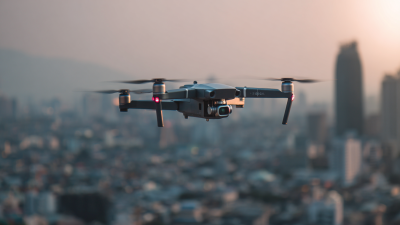
The Ultimate Guide to Understanding Proximity Sensors: Applications and Benefits Explained
-

Discovering the Best Inductive Distance Sensor Technical Specs and How to Maximize Its Performance


